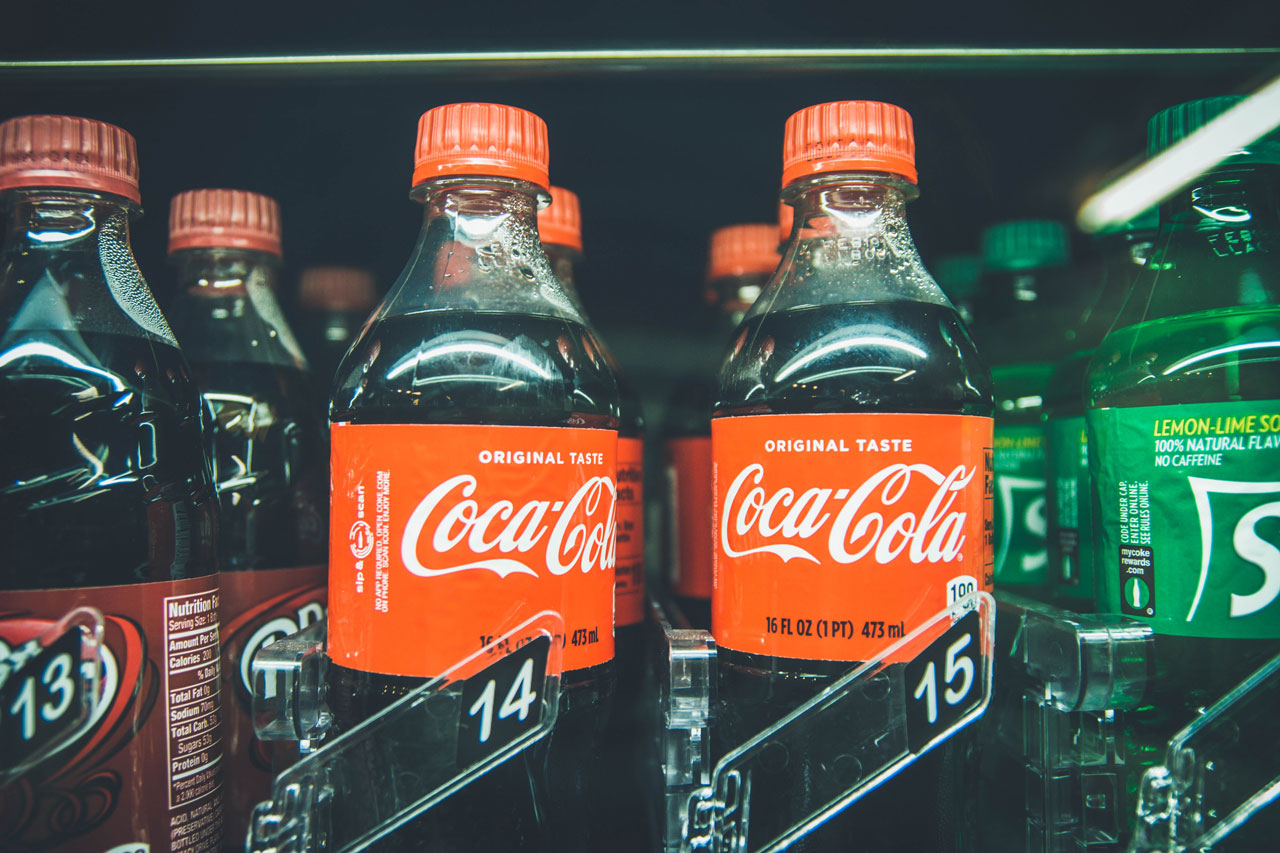Introduction: Tackling High-Pressure Operations
Fizz, pop, and that refreshing burst of effervescence – carbonated beverages have a universal appeal that transcends borders and cultures. From the bustling streets of New York to the quaint cafes of Paris and the tropical beaches of Bali, the sound of a carbonated drink being uncapped is unmistakable. Globally loved, whether it’s colas, sparkling waters, or effervescent fruit drinks, the carbonated beverage industry has seen exponential growth, quenching the thirst of billions daily.
But behind the refreshing sips lies a complex dance of chemistry and engineering. Carbonating a beverage isn’t as simple as adding bubbles; it’s about ensuring each bottle or can offers the same consistent taste and fizziness as the last. This is where the unsung hero of the beverage world, process piping, enters the scene. An intricate network of tubes, valves, and regulators, process piping is the backbone that infuses the perfect amount of carbon dioxide into beverages, making sure that iconic fizz is just right, every single time. As we delve deeper into the world of carbonated drinks, we’ll discover the pivotal role of process piping in making our favorite bubbly beverages a global sensation.
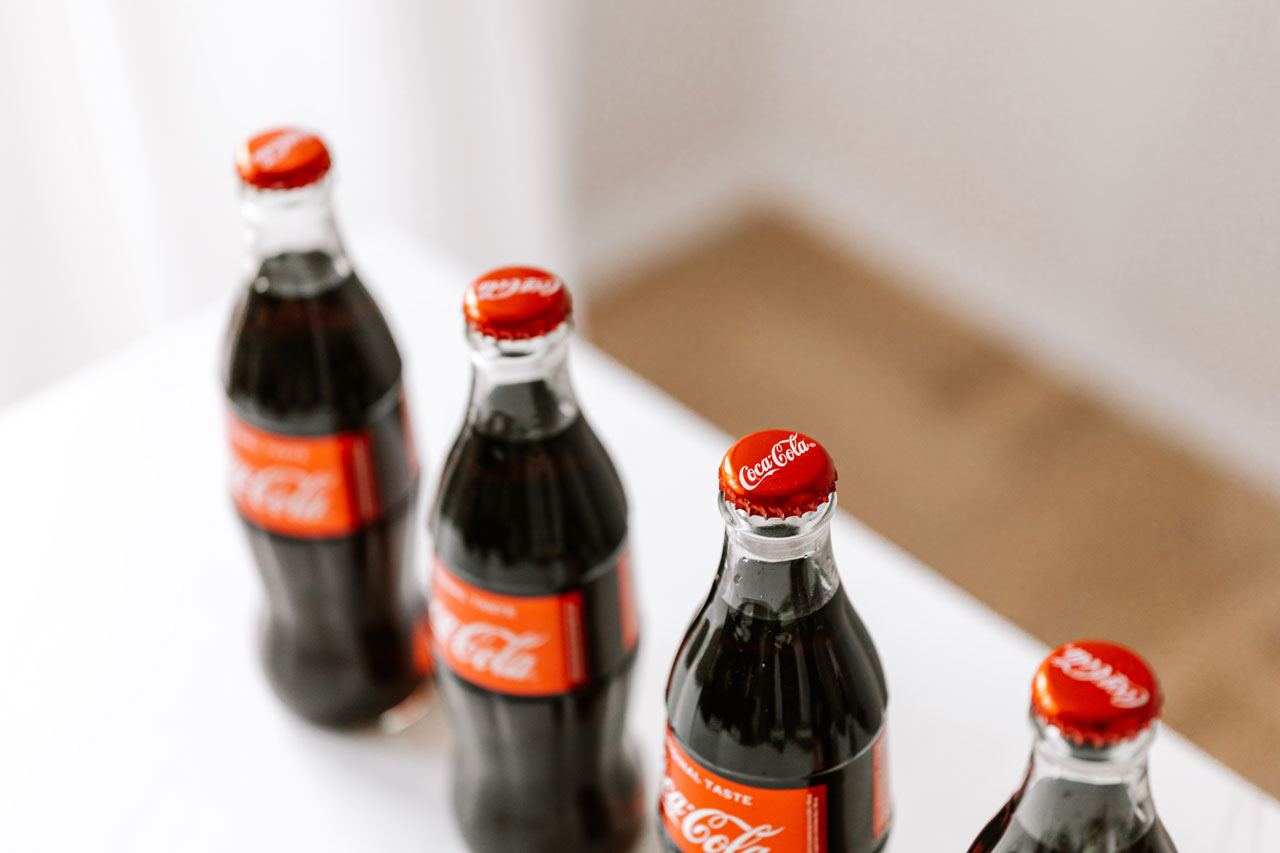
The Carbonation Process: A Snapshot
At its essence, the carbonation process is a fascinating blend of science and precision. It’s the very procedure that transforms a flat, ordinary liquid into a lively, bubbly delight.
How Carbonation Works:
1. Dissolving CO2: The basic principle behind carbonation is dissolving carbon dioxide (CO2) gas into a liquid under pressure. When pressure is applied, CO2 molecules infuse the liquid, remaining dissolved as long as the liquid stays under pressure.
2. Release and Fizz: When we open a bottle or can of a carbonated beverage, the pressure inside drops suddenly. The dissolved CO2 seeks to escape, forming those tiny, effervescent bubbles we know and love. The rapid release of these gas bubbles gives the sensation of fizziness on our tongue.
The Role of Carbon Dioxide (CO2):
Carbon dioxide isn’t just any gas; it’s the heart and soul of carbonated beverages.
1. Fizz Factor: The primary reason for using CO2 is the fizz it creates. This fizz not only adds a sensory experience when consuming the beverage but also enhances the perceived flavor.
2. Preservation: Beyond just fizz, CO2 plays a role in preservation. The acidic environment created by dissolved CO2 can deter the growth of certain harmful bacteria, giving carbonated drinks a longer shelf life.
3. Taste Profile: Carbonation can slightly alter the pH of a beverage, which can subtly impact its taste. This is why the same flavor profile in a flat versus carbonated state might taste different.
In the vast landscape of beverages, the carbonation process, powered by CO2, sets apart a category of drinks that have captivated palates worldwide. The invigorating sensation, the zest, and the unique taste attributes all trace back to the meticulous science of carbonation and the crucial role of carbon dioxide.
Challenges in Carbonated Beverage Production
The creation of our beloved fizzy drinks isn’t without its hurdles. Carbonated beverage production, despite its end product being a source of joy and refreshment, poses a series of challenges that manufacturers need to meticulously address to ensure quality, safety, and consistency. Here’s a deep dive into these challenges:
Pressure Management:
The act of carbonation inherently involves applying pressure. This is what allows the CO2 to dissolve into the beverage in the first place.
1. High Pressures: The process requires significant pressures, often several times atmospheric pressure. Handling such intense pressures requires precision, as even minor deviations can affect the quality of carbonation.
2. Risks: Mishandling of these pressures can lead to numerous issues. Over-carbonation can result in excessive fizziness, causing the beverage to foam over upon opening. Conversely, under-carbonation results in a flat drink, lacking the desired effervescence.
Temperature Sensitivity:
Temperature plays a pivotal role in the solubility of CO2 in liquids.
1. Solubility Variations: CO2 is more soluble in colder liquids. This means that beverages need to be at a specific, often chilled, temperature during the carbonation process to achieve the desired carbonation levels.
2. Impact on Quality: Any significant variation in temperature can affect the amount of CO2 that dissolves in the beverage. Inconsistent temperatures can result in uneven carbonation, impacting the taste and mouthfeel of the drink.
Ensuring Consistency:
For brands, consistency is key. A consumer expects the same taste and fizziness every time they open a bottle or can.
1. Batch-to-Batch Consistency: Ensuring that every batch is carbonated to the same level is crucial. This requires rigorous monitoring and control of the carbonation process.
2. Quality Control: Regular checks, including measuring the volume of CO2 in random samples, are necessary to maintain uniformity across batches and ensure consumer satisfaction.
Safety Considerations:
With high pressures and reactive gases, safety is paramount.
1. CO2 Leaks: A leak in the system can not only result in production losses but also pose health risks to workers due to CO2 inhalation.
2. Container Ruptures: Over-carbonated beverages can lead to increased internal pressures in bottles or cans, risking ruptures or explosions. This poses a threat not only during production but also in storage and distribution.
3. Chemical Reactions: Mishandling of CO2 or inadvertent mixing with other chemicals can result in unintended reactions, compromising the safety of the production environment.
In the vibrant world of carbonated beverages, these challenges are constant companions. Addressing them requires a combination of technological prowess, rigorous quality control, and a deep understanding of the science behind carbonation.

The Role of Process Piping in Overcoming Challenges
Behind every fizzy drink that delights our palate, there’s a sophisticated network of process piping working tirelessly to ensure every bubble and every flavor is just right. Given the challenges of carbonated beverage production, the role of process piping in mitigating these issues is paramount. Let’s delve into how process piping steps up to the plate:
Specialized Piping Materials:
1. Strength and Durability: In a setting where high pressures are the norm, the choice of piping material becomes crucial. Stainless steel, known for its strength and corrosion resistance, is often the go-to choice for carbonation systems.
2. Benefits: Stainless steel not only withstands the pressures of carbonation but also offers a non-reactive surface, ensuring that the beverage’s taste and quality remain unaltered. Its resistance to corrosion means a longer lifespan and reduced maintenance, translating to cost savings in the long run.
Pressure Regulation Mechanisms:
1. Technological Integration: Modern process piping systems for carbonated beverages come equipped with advanced pressure regulation devices. These mechanisms monitor the internal pressures continuously, making real-time adjustments as necessary.
2. Precise Carbonation: By keeping pressures consistent and within desired limits, these devices ensure that the right amount of CO2 is dissolved in the beverage, leading to perfect carbonation every time.
Temperature Control Systems:
1. Maintaining Optimal Conditions: As CO2 solubility is temperature-dependent, maintaining the beverage at the right temperature during carbonation is essential. Integrated temperature control systems in the piping play a pivotal role here.
2. Consistent Results: By ensuring that the beverage remains at the desired temperature throughout the carbonation process, these systems guarantee consistent carbonation levels across batches.
Safety Protocols and Systems:
1. Pressure Release Valves: In scenarios where internal pressures rise beyond safe limits, pressure release valves automatically activate, releasing excess pressure and preventing potential ruptures or explosions.
2. Leak Detection Systems: Advanced sensors continuously monitor the system for potential leaks. In the event of a detected leak, alarms are triggered, allowing for swift corrective action.
3. Emergency Shut-off Mechanisms: In the face of unforeseen issues, like sudden pressure spikes or detected leaks, emergency shut-off systems can halt the carbonation process, ensuring safety and minimizing product loss.
Process piping isn’t just a network of tubes and valves. It’s a meticulously designed system that, when optimized, ensures that the challenges of carbonated beverage production are not just met, but gracefully overcome. The role of process piping in guaranteeing the taste, fizz, and safety of our favorite drinks cannot be overstated.
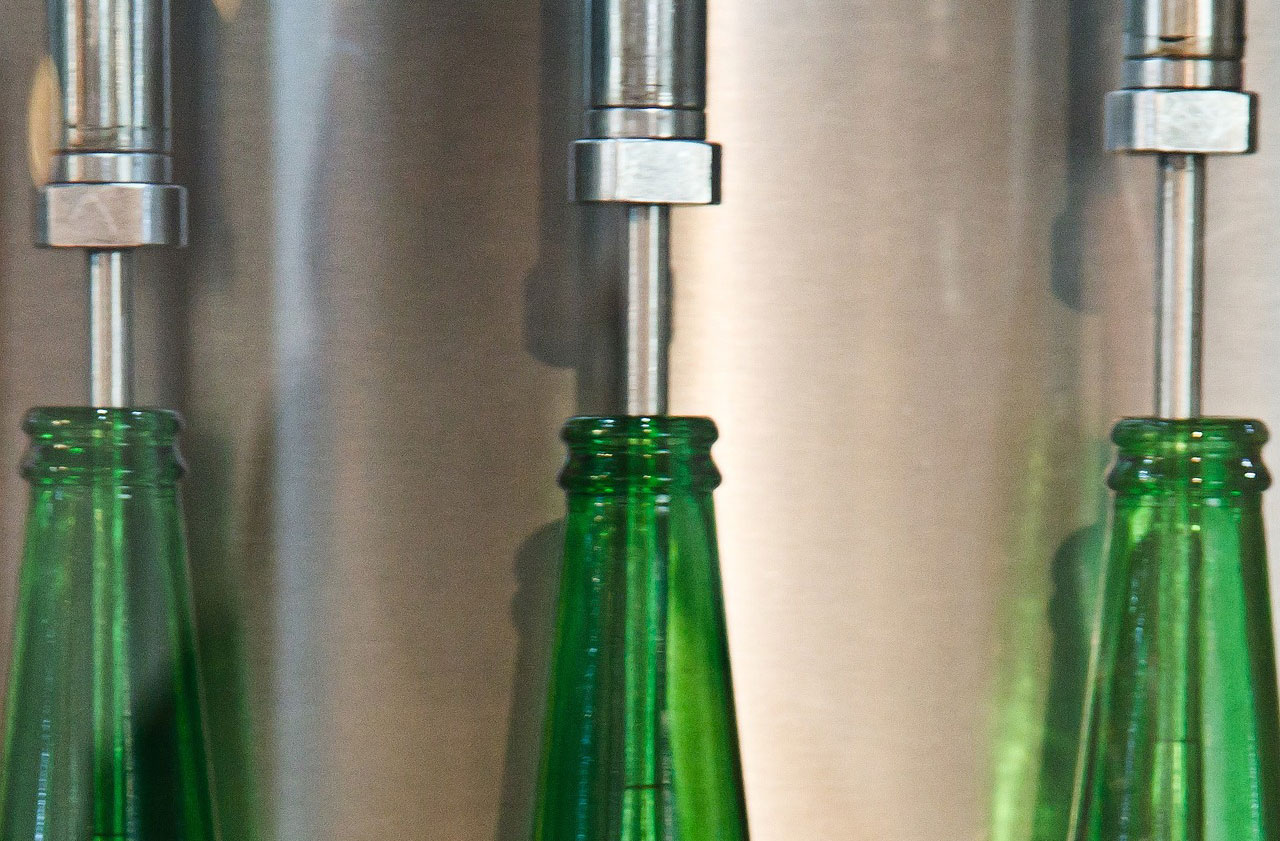
Advancements in Carbonated Beverage Piping
The carbonated beverage industry, being a cornerstone of the global drinks market, has always been a hotspot for innovation. As consumer demand grows and evolves, so do the technologies that underpin production. The realm of process piping, a vital cog in this production machine, has seen remarkable advancements in recent years. Let’s delve into some of the cutting-edge innovations reshaping the carbonated beverage piping landscape:
1. Smart Monitoring Systems:
IoT Integration: With the integration of the Internet of Things (IoT), piping systems can now be remotely monitored in real-time. Sensors relay data to centralized cloud systems, allowing manufacturers to keep tabs on every aspect of the carbonation process from anywhere.
Predictive Maintenance: Advanced analytics can now predict potential system failures or maintenance needs based on continuous data streams, allowing for timely interventions and minimizing downtime.
2. Automation and AI:
Self-regulating Systems: Through artificial intelligence, modern process piping systems can self-regulate. These systems can adjust pressure, temperature, and flow rates in real-time, based on the data they receive, ensuring optimal carbonation consistently.
Quality Control: Automated sampling and testing, driven by AI, can instantly assess the quality of carbonated beverages. Any deviations from desired quality parameters can be instantly addressed.
3. Eco-friendly Innovations:
Energy Efficiency: Newer piping systems are designed to be energy-efficient, consuming less power and reducing the carbon footprint of production facilities.
Water Conservation: Advanced recirculation and filtration systems ensure minimal water wastage during the production process, a critical consideration given the beverage industry’s significant water footprint.
4. Modular Piping Systems:
Flexibility: Modular process piping systems allow for easy scalability. As production needs grow, systems can be expanded without massive overhauls.
Rapid Installation: Prefabricated modules can be quickly integrated into existing systems, reducing installation times and ensuring faster production ramp-ups.
5. Advanced Materials:
Corrosion Resistance: Research has led to the development of new alloys and materials that offer even greater resistance to the corrosive effects of certain ingredients, extending the lifespan of piping systems.
Thermal Efficiency: New insulative materials ensure that temperature fluctuations within pipes are minimal, further optimizing the carbonation process.
6. Enhanced Safety Protocols:
Real-time Alert Systems: Advanced sensors can detect anomalies faster and more accurately, triggering immediate alerts to prevent potential mishaps.
Automated Shutdowns: In case of significant disruptions or risks, automated systems can instantly shut down specific sections or the entire process, safeguarding both personnel and infrastructure.
In conclusion, the process piping landscape for carbonated beverages is in a state of rapid evolution. Driven by technology and a relentless pursuit of perfection, these innovations promise not only better beverages but also a more sustainable and efficient production process. The future of fizz is, undoubtedly, exciting!
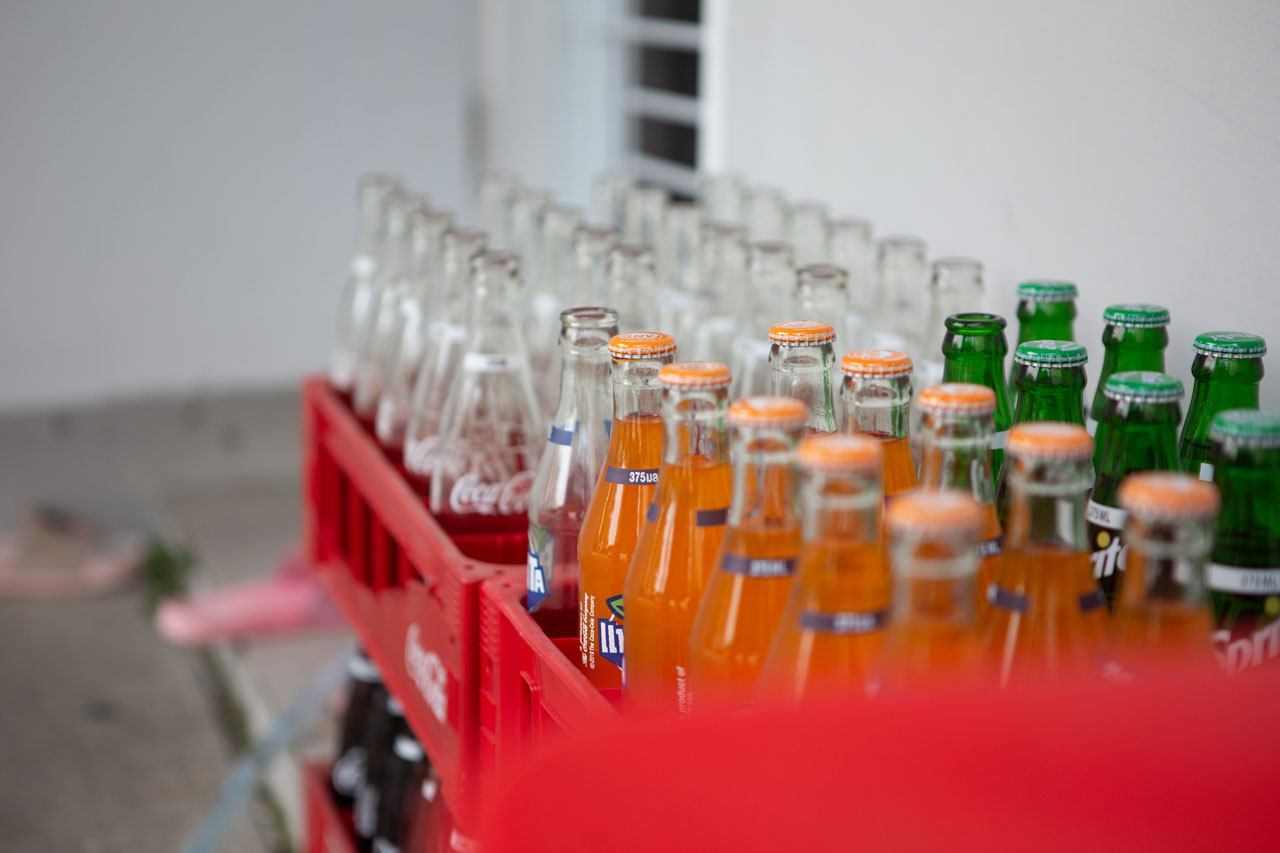
Conclusion
In the effervescent realm of carbonated beverages, where each bubble carries with it a promise of refreshment and delight, lies an intricate symphony of engineering and innovation. At the heart of this symphony is process piping, the unsung maestro orchestrating every note to perfection.
From ensuring that iconic fizz to guaranteeing the uniform taste of every sip, process piping plays a role that is both pivotal and profound. It’s not just about transporting CO2 or managing pressures; it’s about crafting experiences, memories, and moments of joy for consumers worldwide.
However, as with any sophisticated machinery, resting on laurels is not an option. The beverage industry, marked by ever-evolving consumer preferences and technological advancements, demands that systems be not only robust but also agile. The process piping systems of today need to be future-ready, embracing the latest innovations and ensuring they can adapt to the demands of tomorrow.
Manufacturers who invest in, update, and maintain their piping infrastructure are making a clear statement: a commitment to quality, to excellence, and most importantly, to their consumers. In an age where choices are aplenty, the consistent satisfaction of a well-carbonated drink can often be the differentiator, and that satisfaction begins and ends with impeccable process piping.
So, as we raise a toast to our favorite fizzy drinks, let’s also celebrate the intricate systems and relentless innovation that make them possible. Here’s to the future of carbonation, and to the processes and pipes that make it sparkle!
Southeastern Process Piping Experts
Dive deeper into the world of carbonated beverage production with us! Whether you’re on the lookout for state-of-the-art process piping solutions or simply wish to share your experiences and insights from the industry, we’re here to listen, assist, and collaborate.
At Midsouth Mechanical, we’ve championed the art and science of process piping, bringing unparalleled expertise to the table. Our commitment? Ensuring every bubble in your beverage is a testament to quality, precision, and innovation.
Don’t just be a spectator in the carbonation journey. Join us in shaping the future of fizzy delights. Reach out today and let’s craft the next chapter of carbonated excellence together.
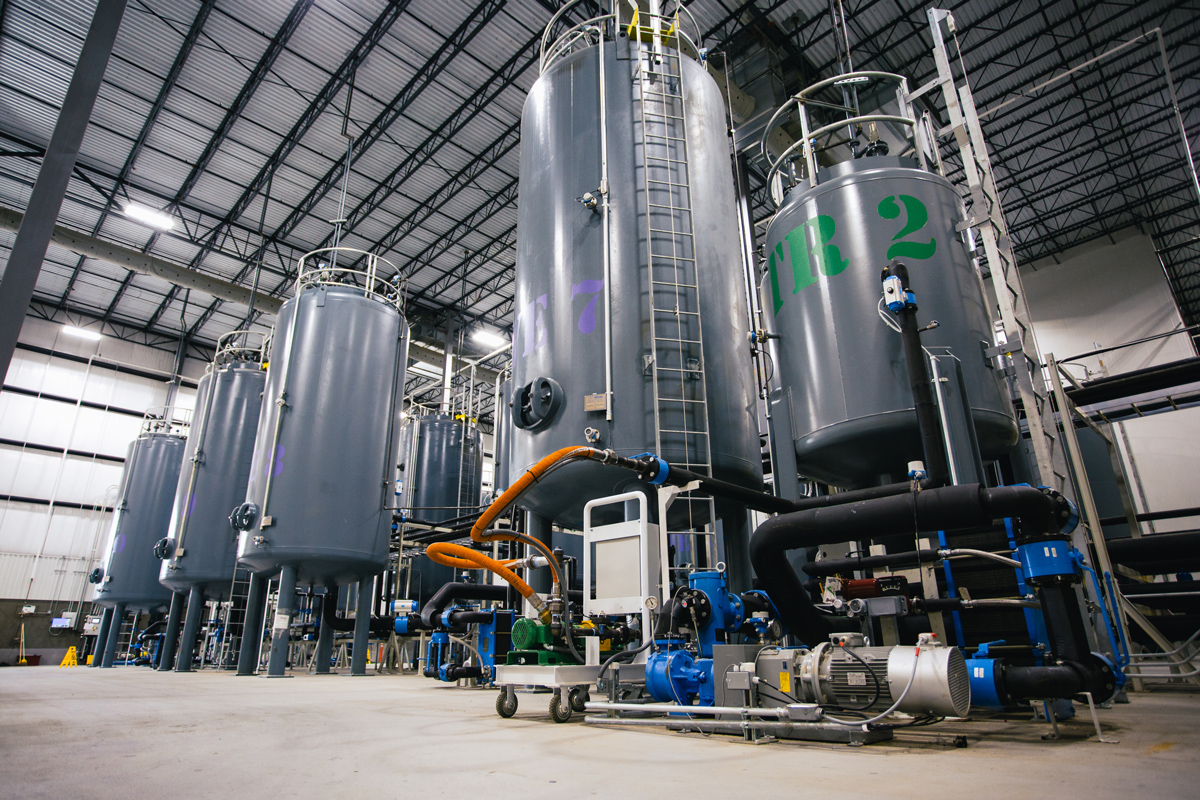
Our team is here to help.
Contact a project manager today!


